Tajikistan: The heart of Central Asia
The country is located in the heart of Central Asia. Hidden between the giants Uzbekistan, China and Afghanistan, the country is sometimes overlooked. And maybe that’s where the secret of Tajikistan lies. Most neighbouring countries see large groups of tourists entering, while Tajikistan is often skipped. Unfairly, because the country is friendly and accessible with an unbelievably beautiful nature. Deep valleys, high peaks and impressive high plains: Tajikistan has it all The undisputed highlight being the Pamir Highway. Across the country you will meet the local peoples who often still live according to old traditions. In addition, you may also encounter a lost Lenin statue on the way. Welcome to Tajikistan!
Tajikistan
Name: Republic of Tajikistan
Capital: Dushanbe
Population: 8.5 million
Surface area: 142 600 km²
Language: Tajik
Neighbouring countries: Kyrgyzstan, China, Afghanistan, Uzbekistan


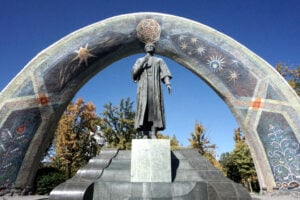


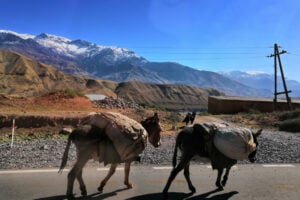
We had a fantastic trip to Uzbekistan and Tajikistan! An experience we will never forget. The Pamir Highway is really beautiful, with nature you won’t ever get tired of! Thanks to Cultureroad we were able to arrange this great trip last minute.
wilco & gitty (The netherlands)
Pamir Highway
Let’s be honest straight away. If you are thinking about a road trip in your life, it will definitely have to be the Pamir Highway. A route that takes you along some of the highest mountain peaks in the country (+ 5000m), desolate plains, snow peaks and deep valleys. Along the way you will also meet very friendly people. The route can only be done by 4×4 or by bicycle (excellent physical condition is required). You are also very tied to the period, the roads are only passable between June and October. The official starting point of the Pamir Highway is somewhat unclear, but most people travel from Dushanbe to Osh, in Kyrgyzstan.
Wakhan Corridor
Officially, the Pamir Highway is the M41 highway, but most people put their own spin on it. For example, many tourists choose the southern route along the Wakhan. This region is located on the border area between Tajikistan and Afghanistan. The original Wakhan residents still live here with their own culture and customs. Time often seems to have stood still here, and usually there is limited running water and electricity. Meanwhile, you will pass through beautiful valleys and see across the river Afghanistan.
Dushanbe
The largest city in the country is the capital Dushanbe. Here you can see the modern side of Tajikistan. In the big city, young people have exchanged their traditional clothes for hip designer clothes. The capital is also full of modern buildings and shopping centres. The contrast with the world outside Dushanbe is therefore stark.
Lake Karakul
One of the most beautiful places in Tajikistan is Lake Karakul. All the way to the northeast, near the border with Kyrgyzstan, you will find this bright blue lake at almost 4000m altitude. The lake was created by a meteorite impact and provides a picturesque reflection of the surrounding landscape. Around the lake you mainly see shepherds roaming the rugged landscape with their sheep. In the distance you can see the famous Lenin peak, a mountain of 7134 meters high.
The history of Tajikistan is fairly recent. The country was never independent until 1991, but mainly part of larger empires, such as the Bactrian, Samanid, Persian and Mongol Empire. It only became an important player in the time of ‘The Great Game’ in the 19th century. Tajikistan played an important role in the struggle between the Russian and British Empire, as it became the ultimate boundary between the two. In addition, the Wakhan Corridor in Afghanistan was established as a buffer zone.
Soviet Union
In 1921 the region became part of the Soviet Union and Islam also became less visible in the area. Today, there are still many Muslims in Tajikistan, but it is not very actively practiced.
Independence
In 1991, Tajikistan became independent, with the first president Rahmon Nabiyev. He was succeeded by Emomalii Rachmon in 1992, after which the country entered a civil war. The struggle went on between the Islamic Democrats and the Communists (supported by the President). It would take until 1997 before the war ended. After that, the country was largely in ruins and there was a lot of poverty.
Since then, the country has been slowly scrambling to its feet. Rachmon still rules harshly, but the war has not returned. However, the Tajiks are dealing with the problems from neighbouring Afghanistan. There is a lot of drug trafficking around the border area and the government is struggling to stop it.
Already know what you are looking for?
Blog posts about Tajikistan
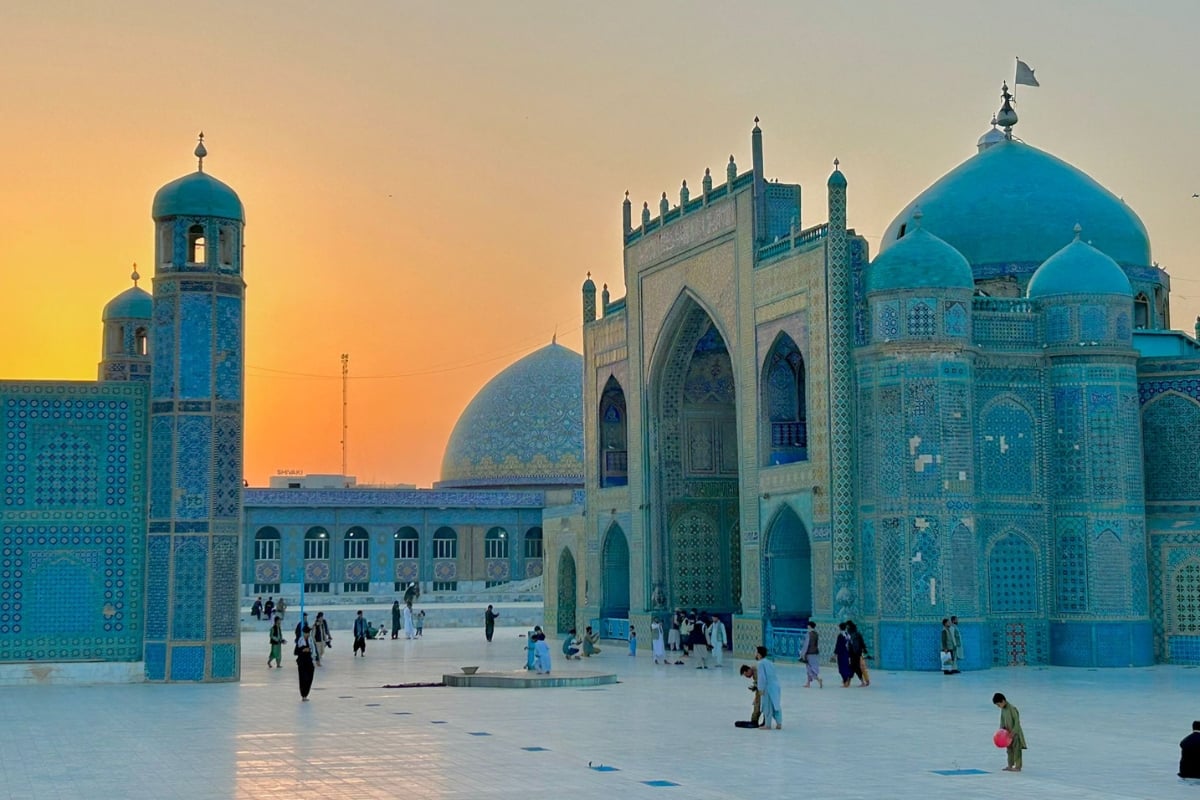
How to celebrate Nowruz like a local
Discover how to celebrate Nowruz like a local in Iran, Kurdistan, Tajikistan, and Afghanistan. From jumping over bonfires and dancing in colorful outfits to sharing…

Explore the world’s best hidden travel destinations: top 9 must-see places
Tired of always being surrounded by crowds? This article dives into some of the most unexplored places on Earth, along with essential tips for traveling…
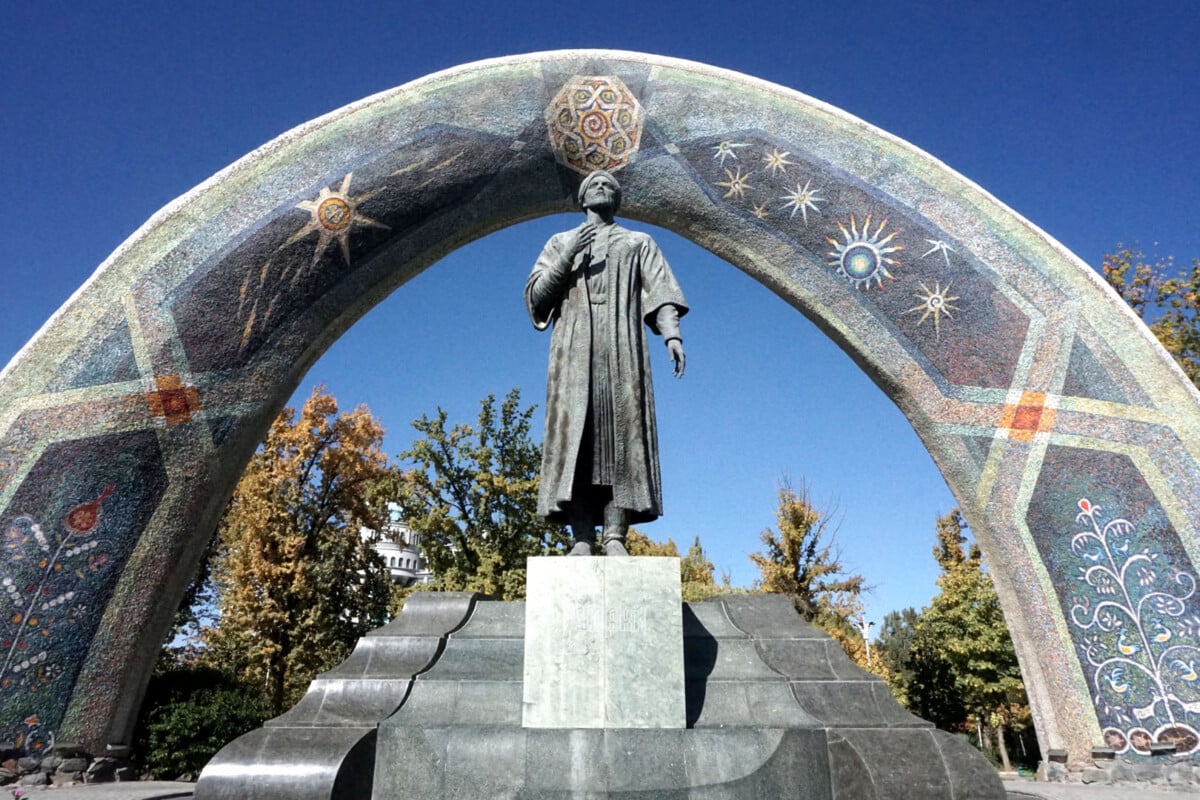
5 interesting facts about Tajikistan
The people of Tajikistan are also known for their warm hospitality and trustworthiness, so you can feel safe while exploring this wonderful country. If you’re…

Exploring the Legendary Pamir Highway: A Journey through Central Asia’s Stunning Landscapes and Rich Cultural Heritage
The Pamir Highway, also known as the M41, is a legendary road located in Central Asia. It traverses through the rugged and breathtaking landscapes of…
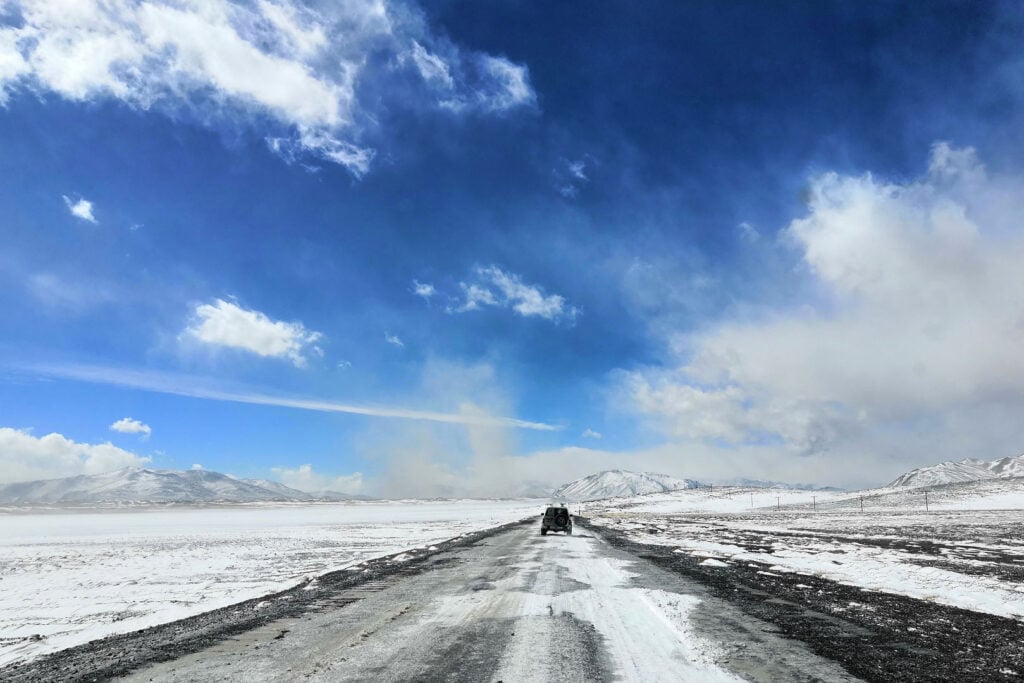
Roof of the World in Tajikistan: Journey Along the Pamir Highway
The Pamir Highway, also known as the M41, is one of the world’s most epic road trips, taking travelers on a journey through the majestic…